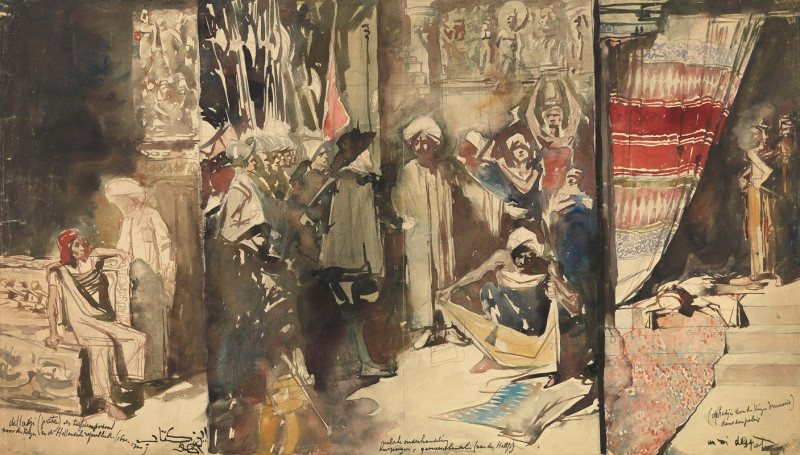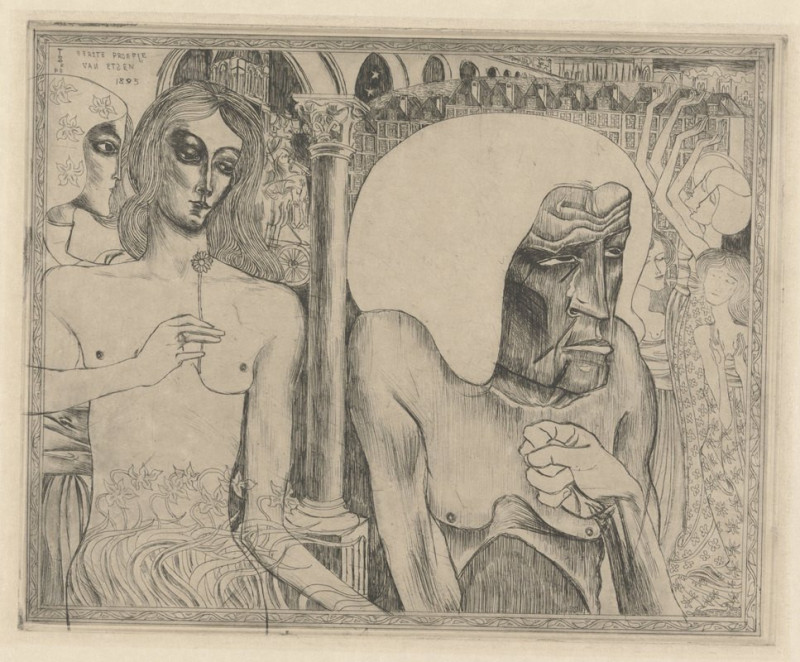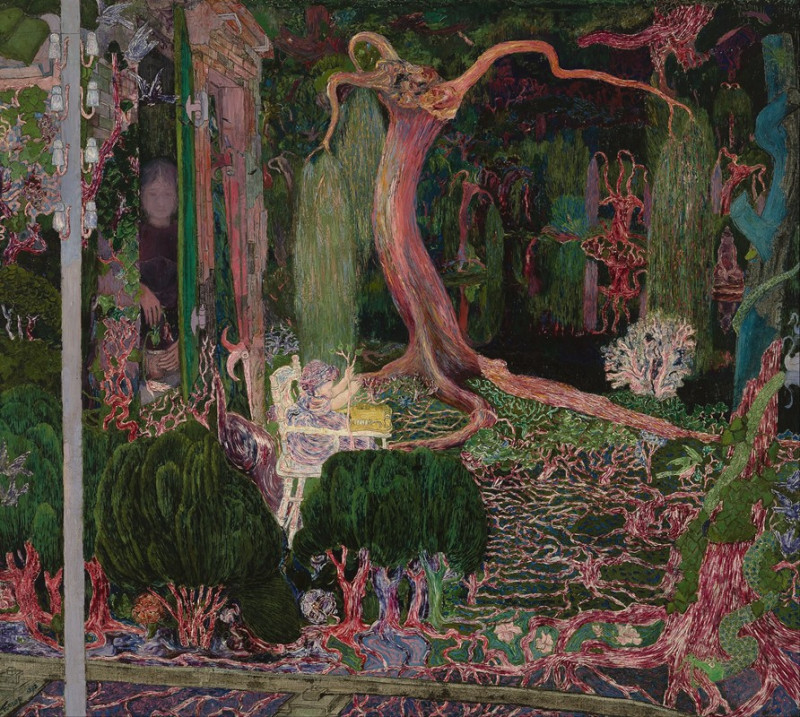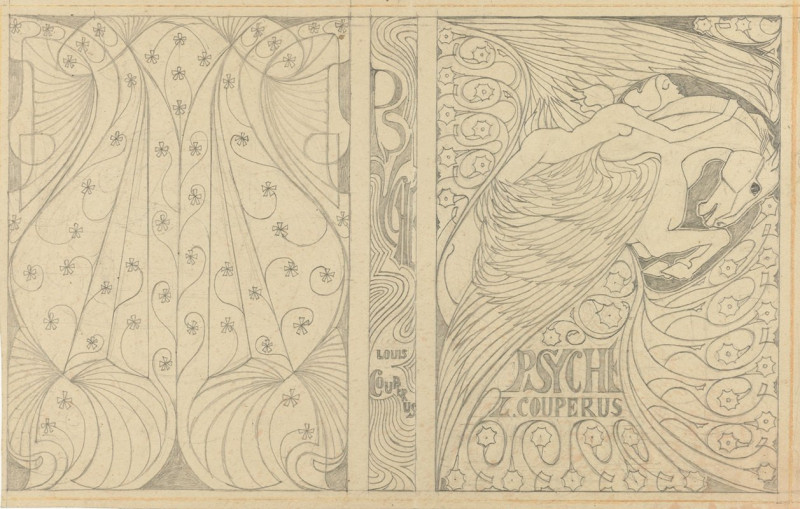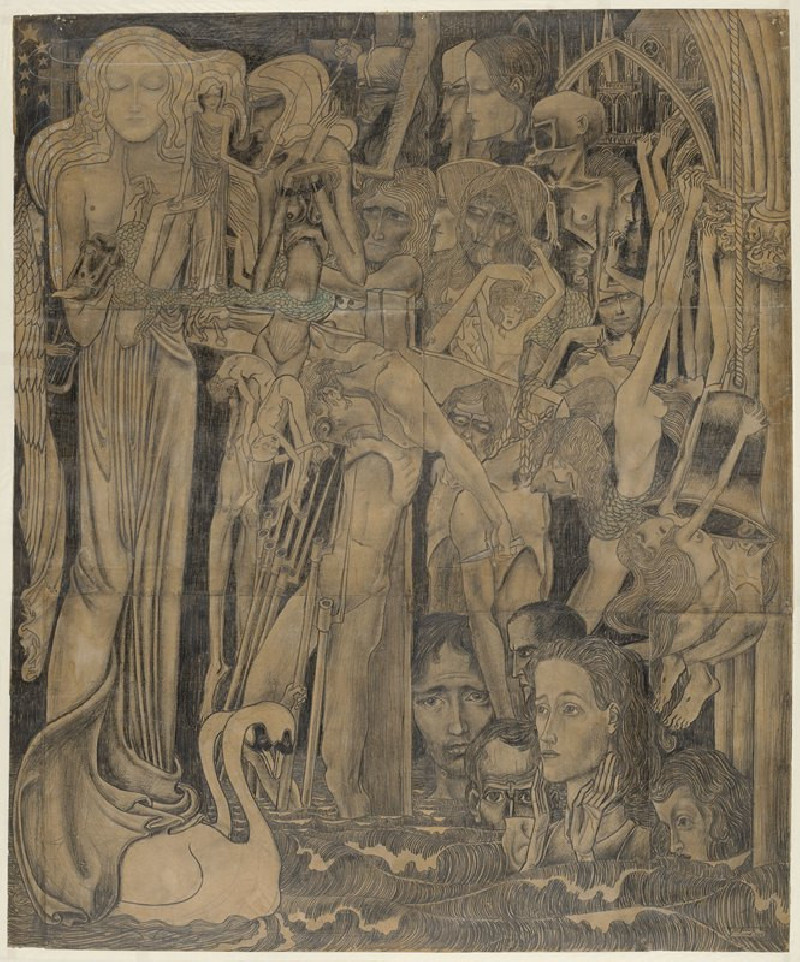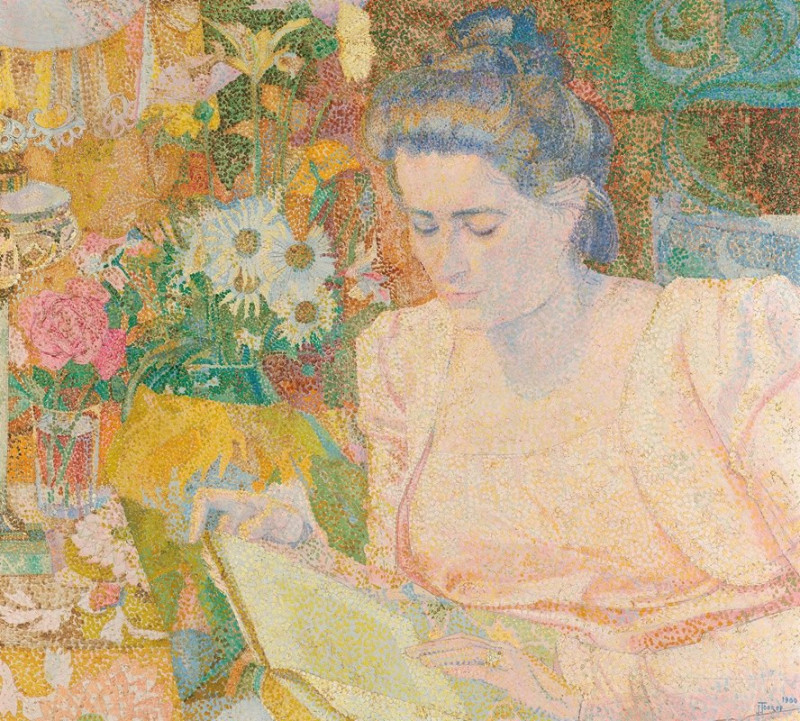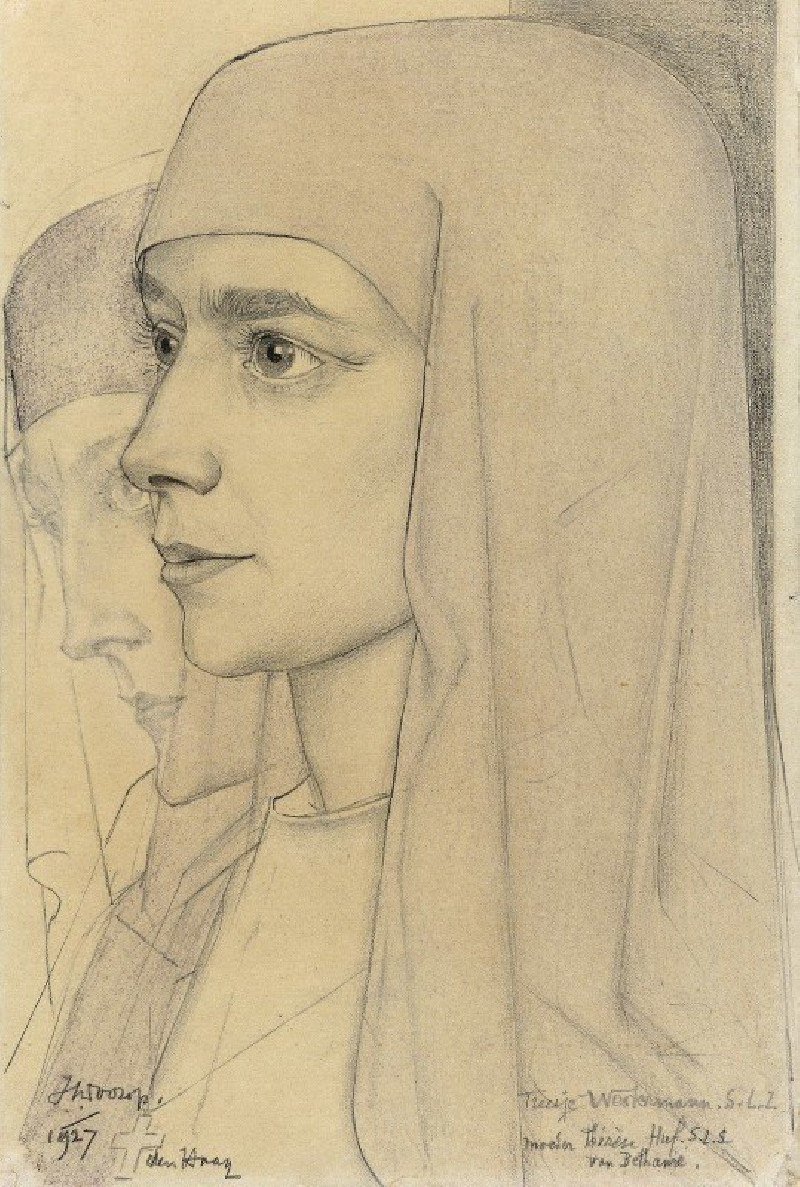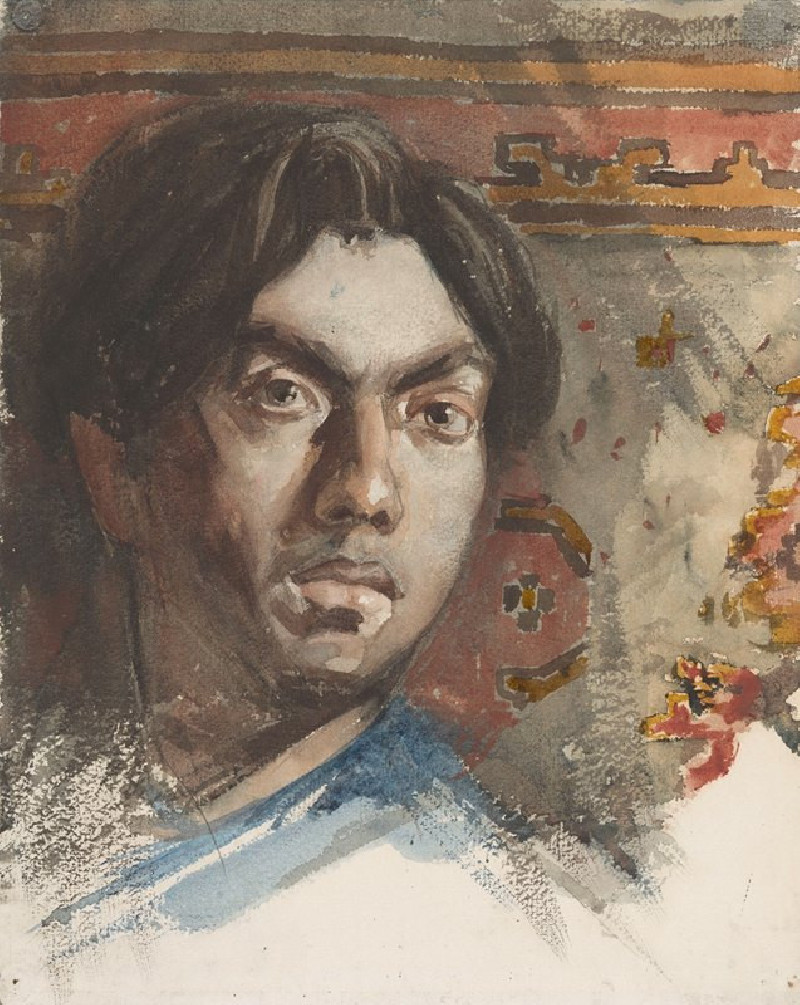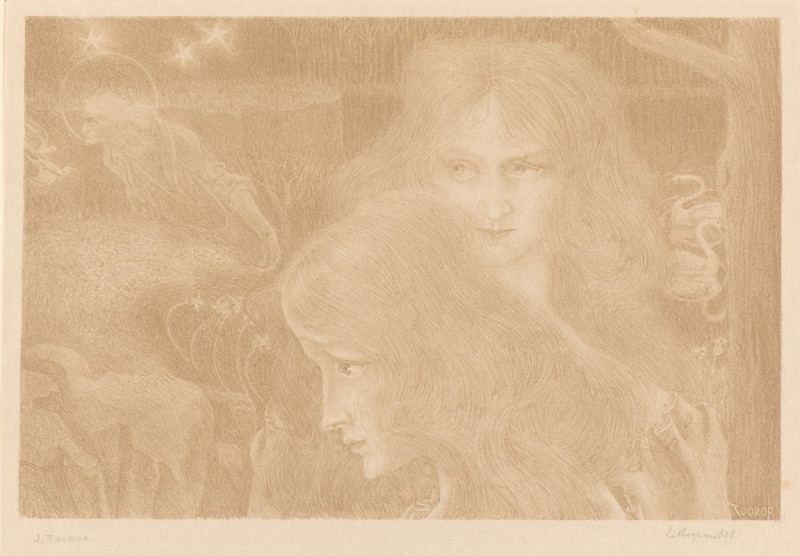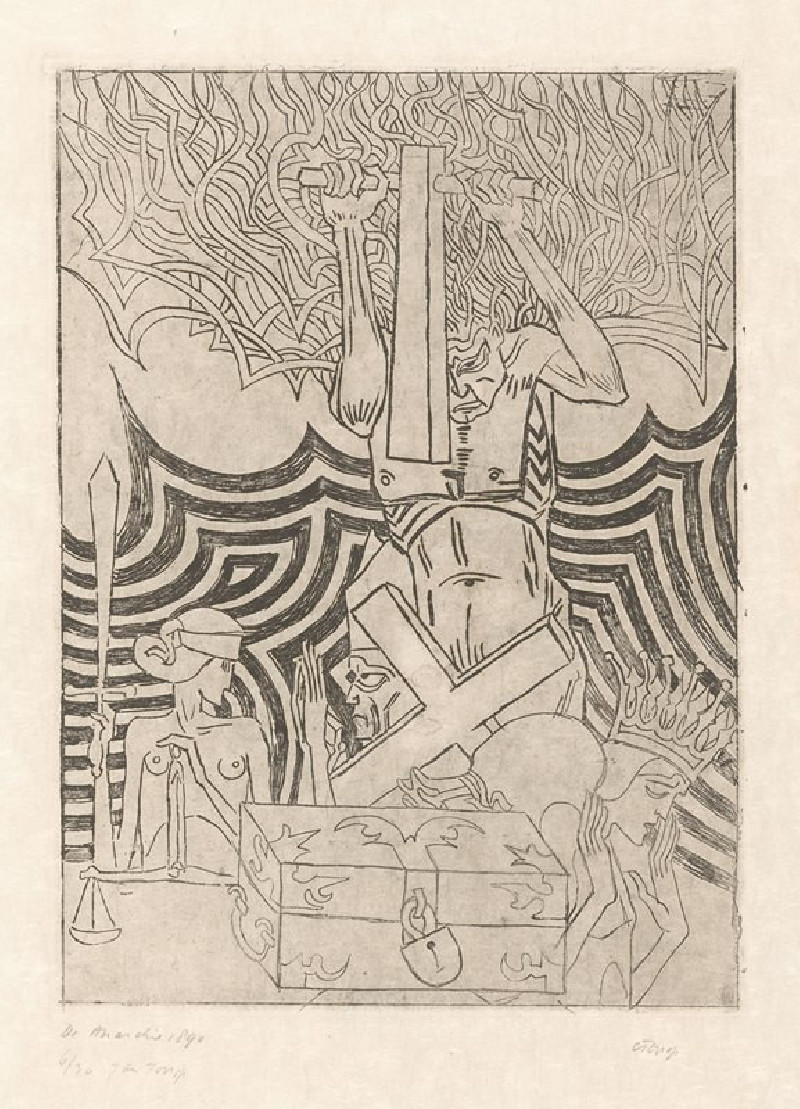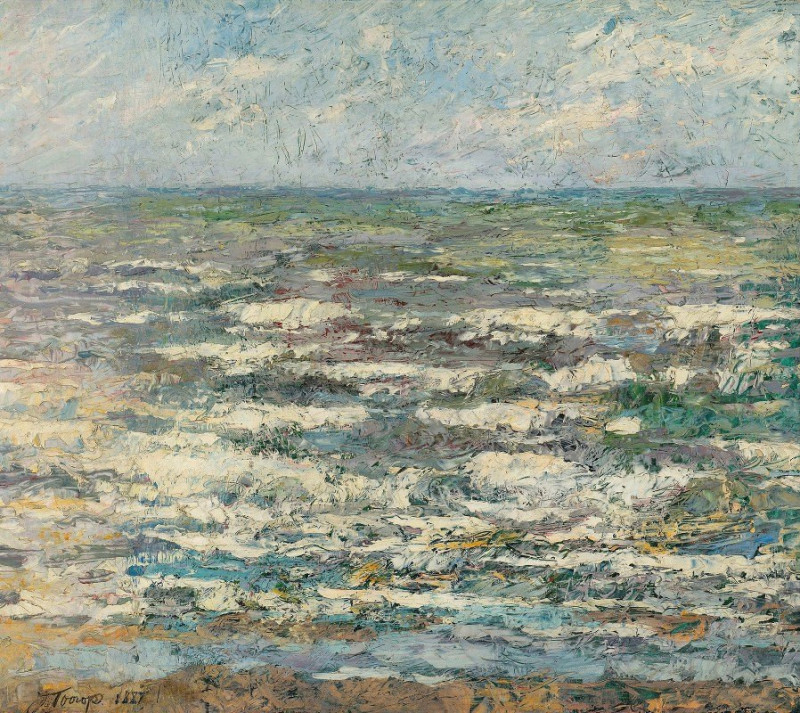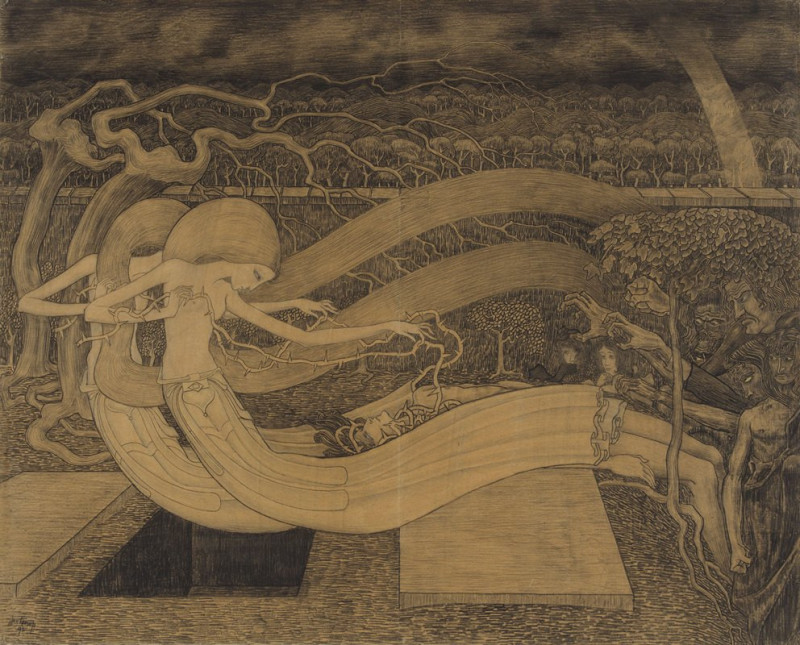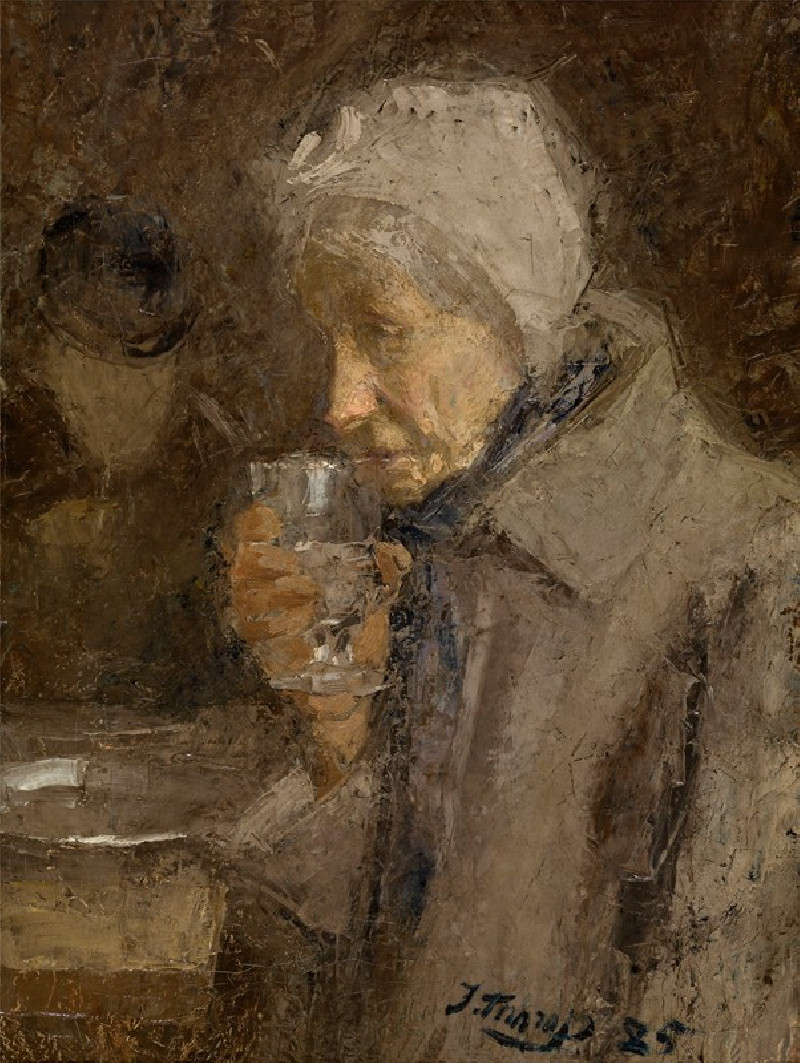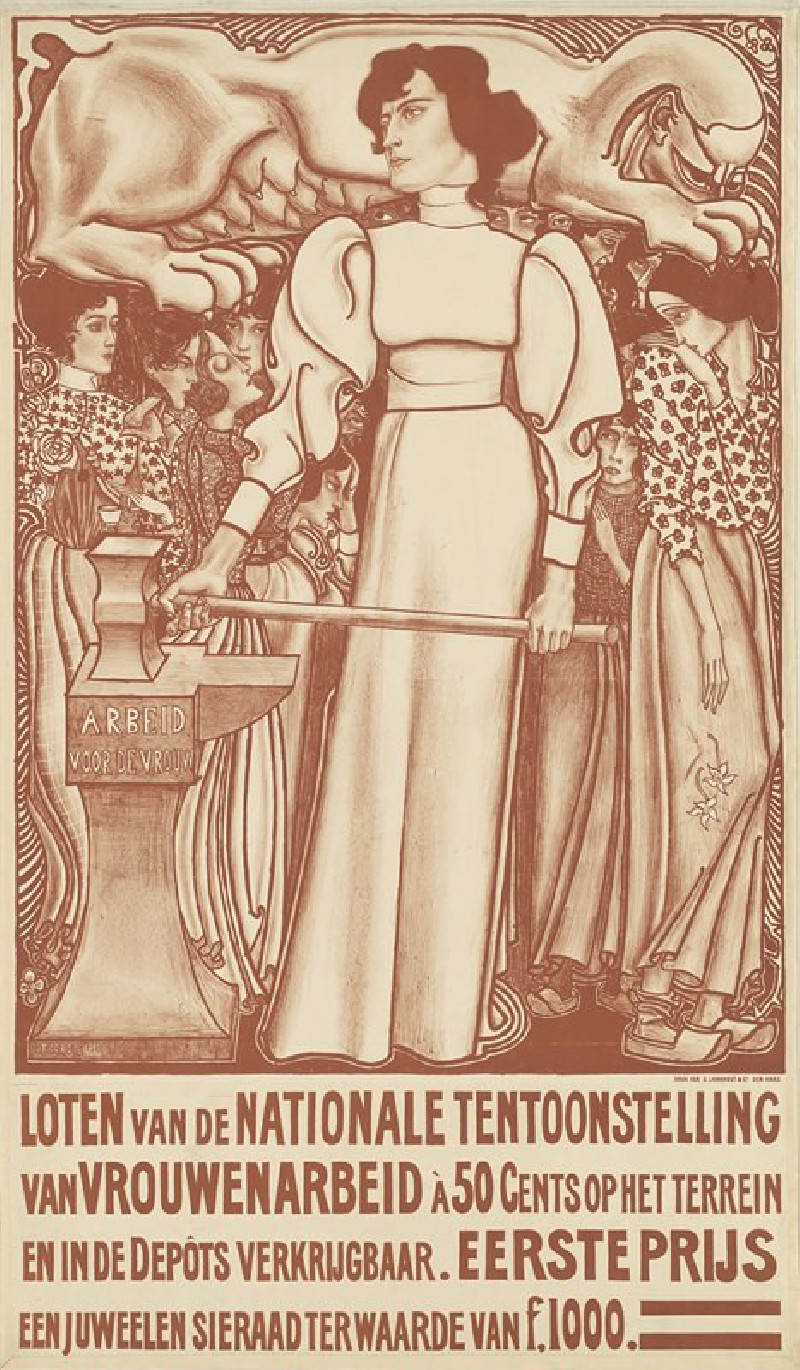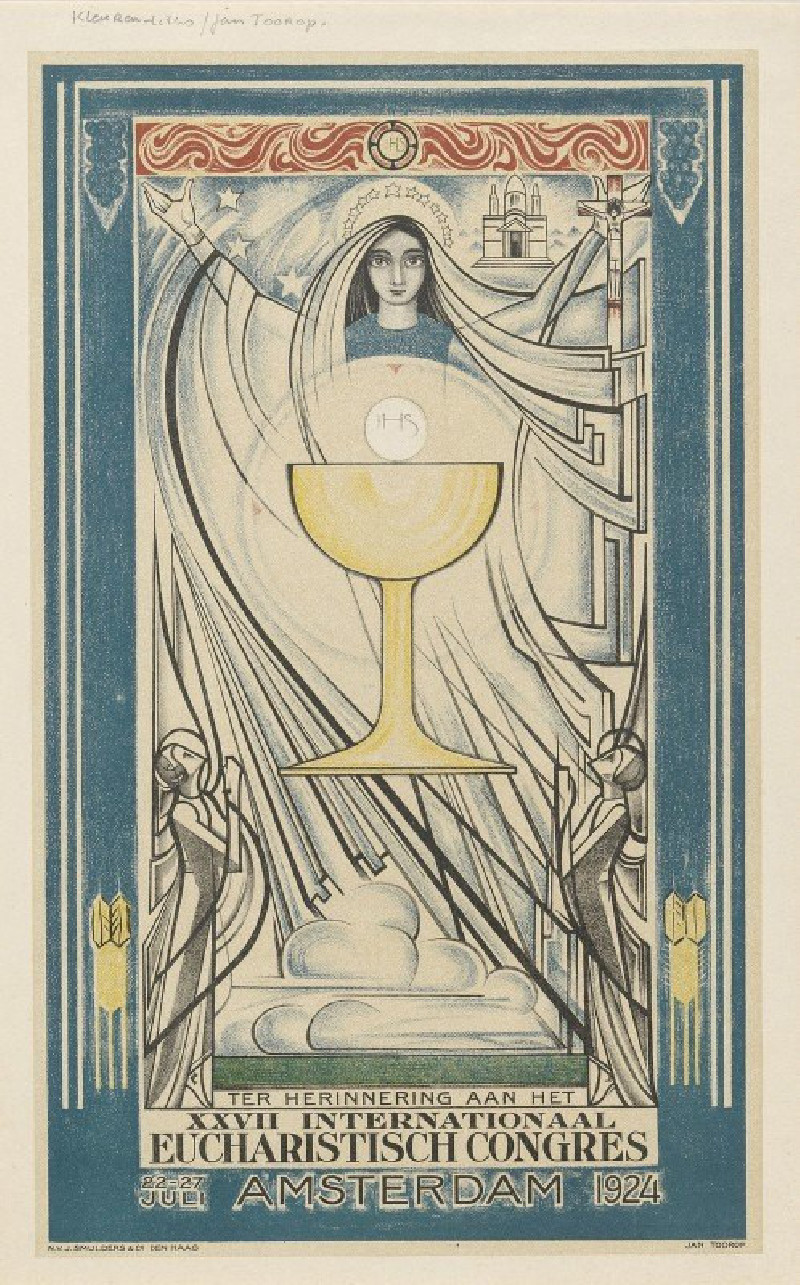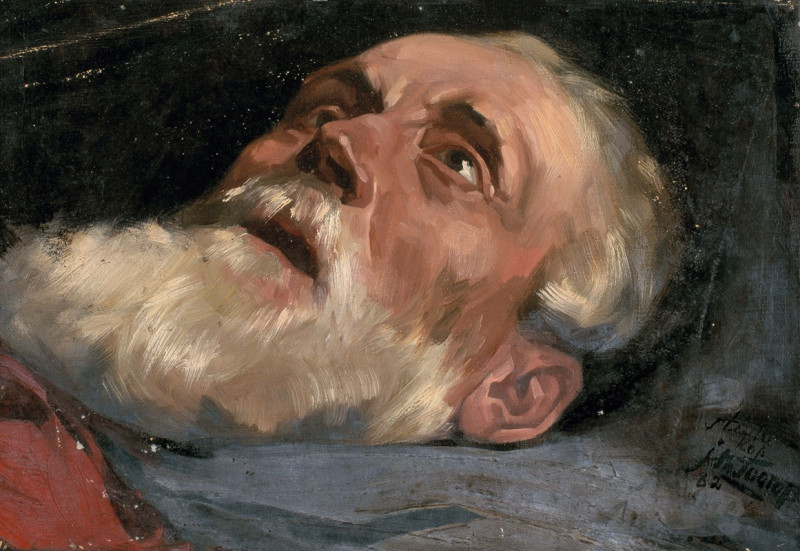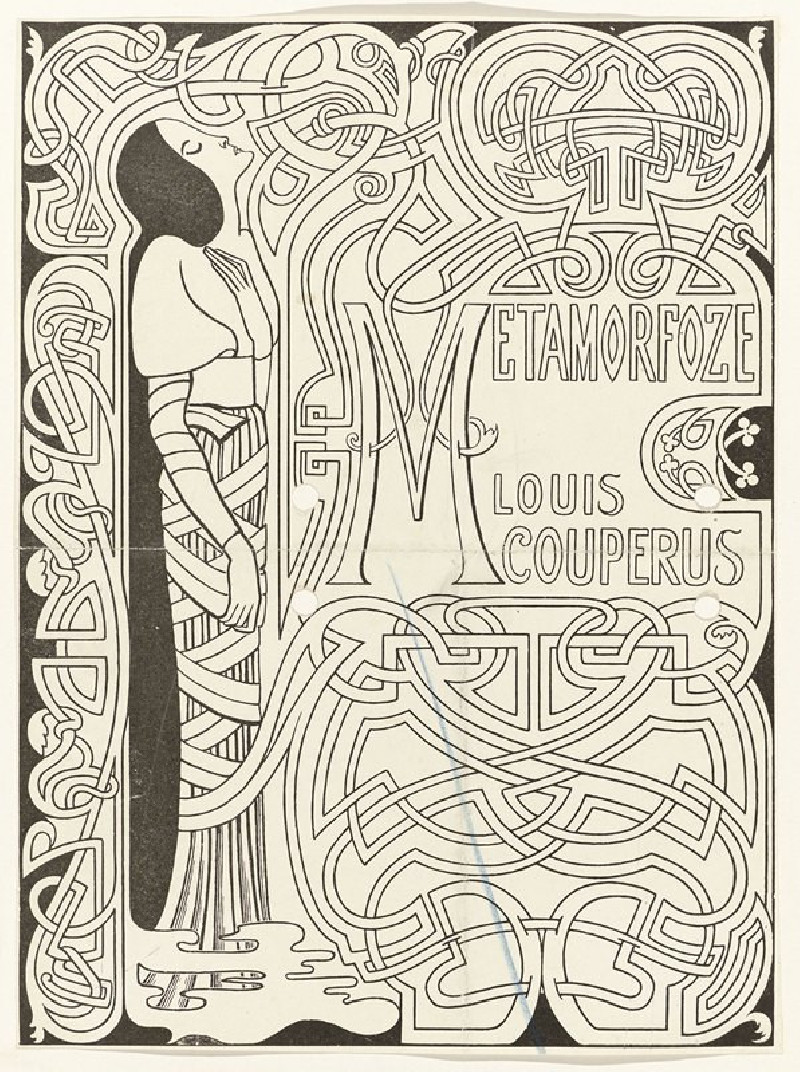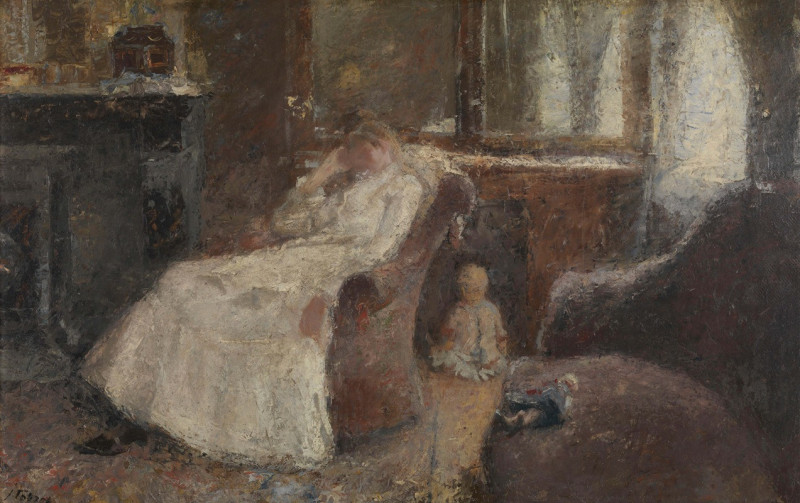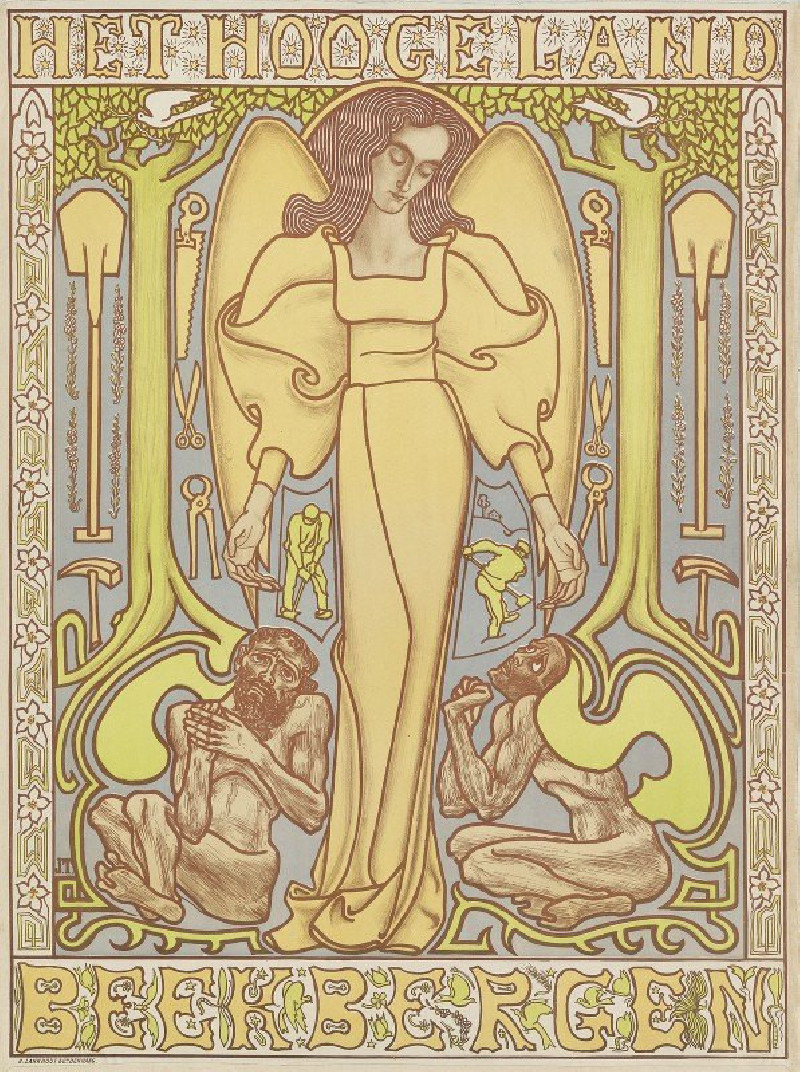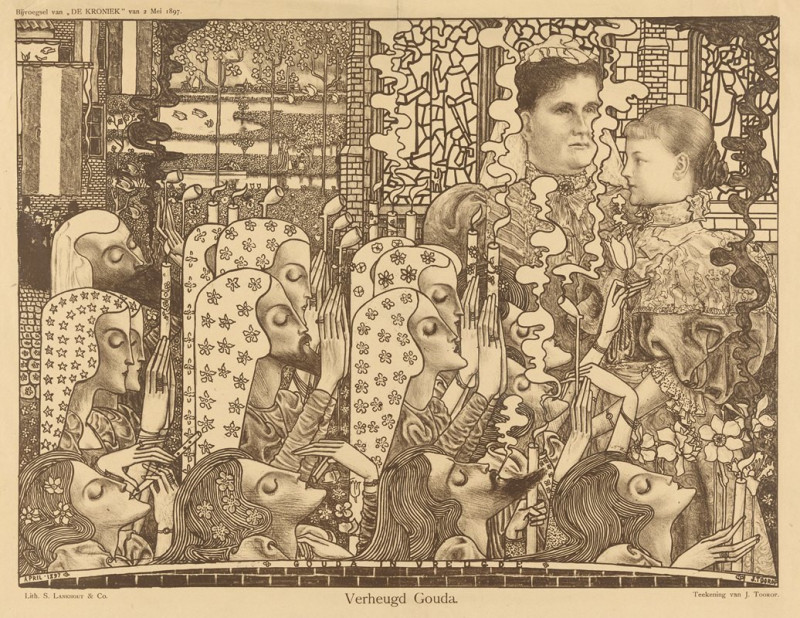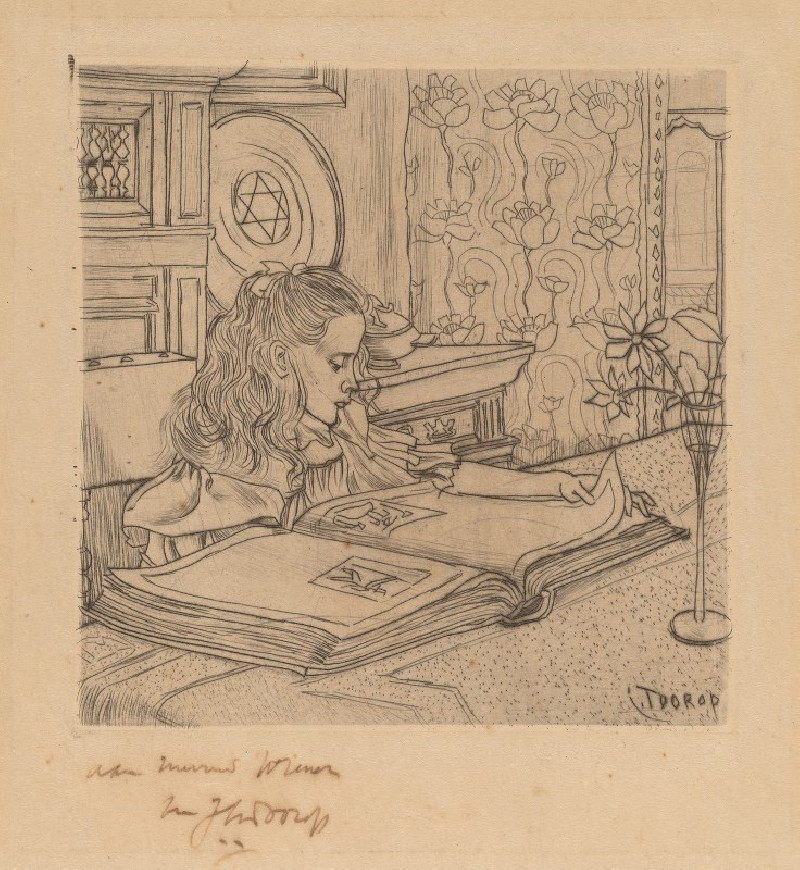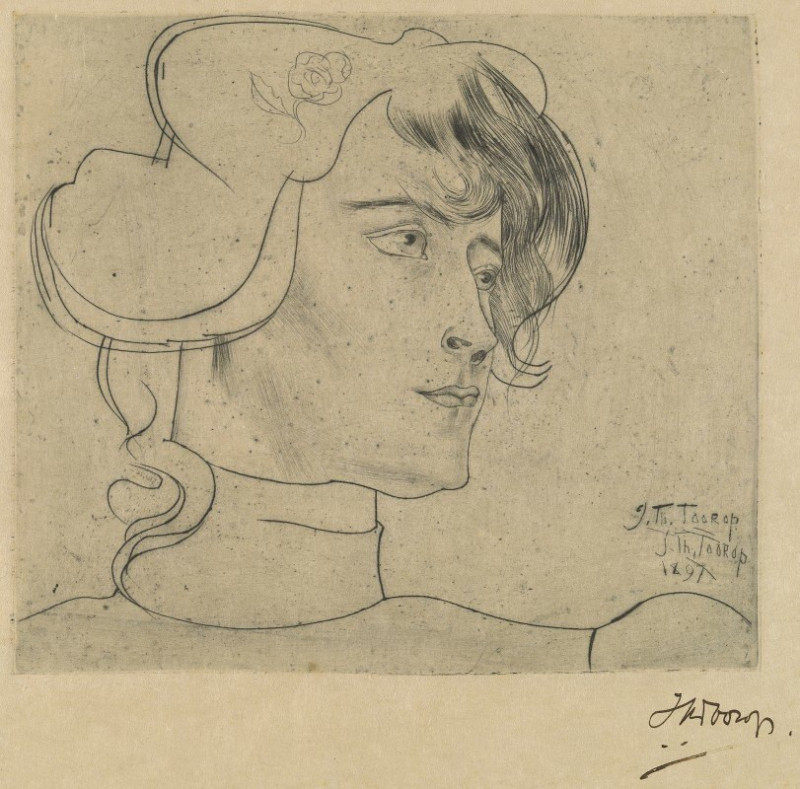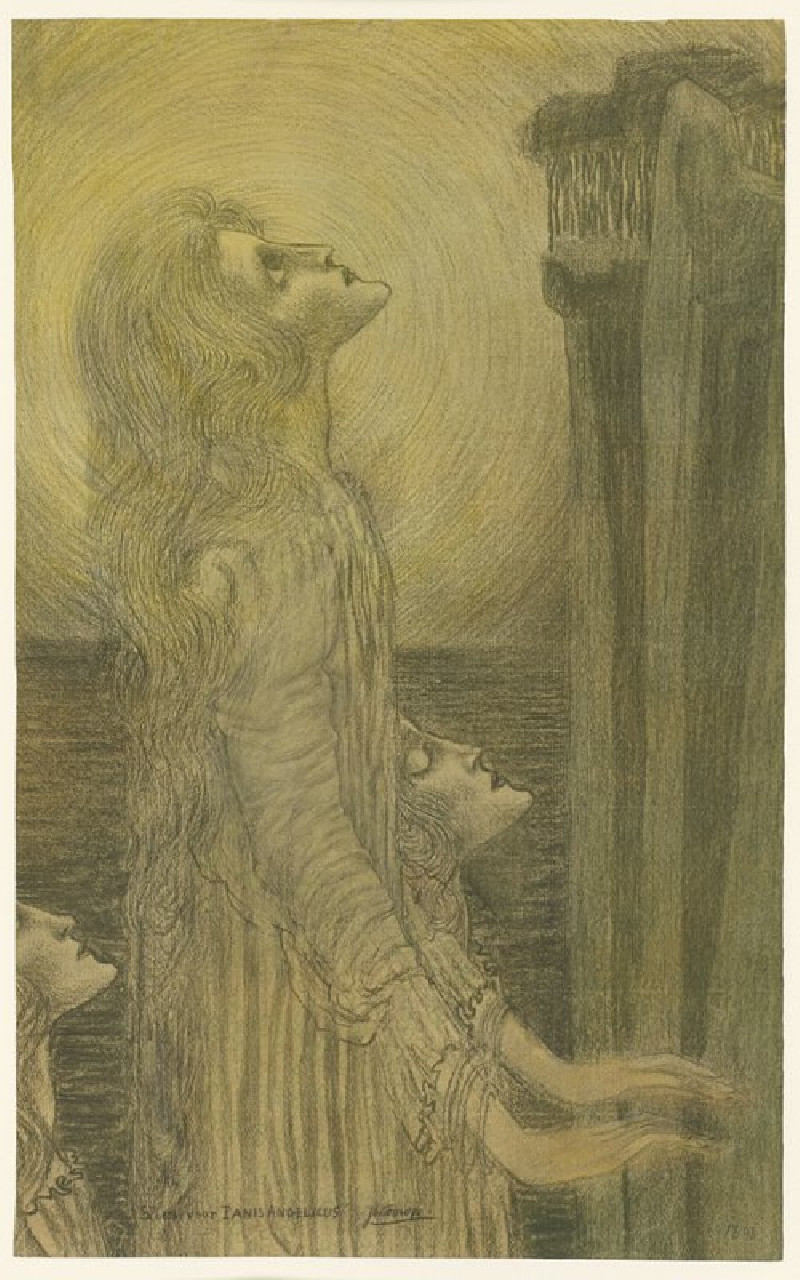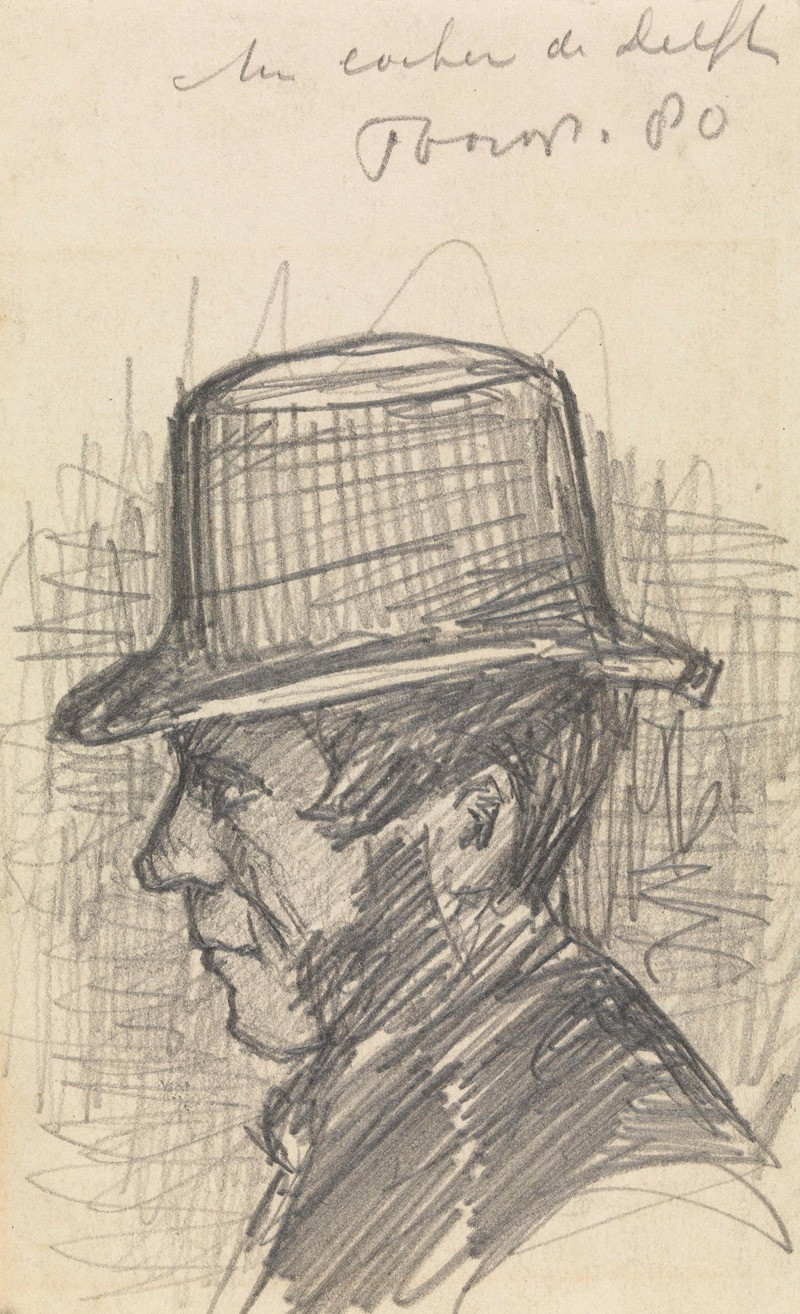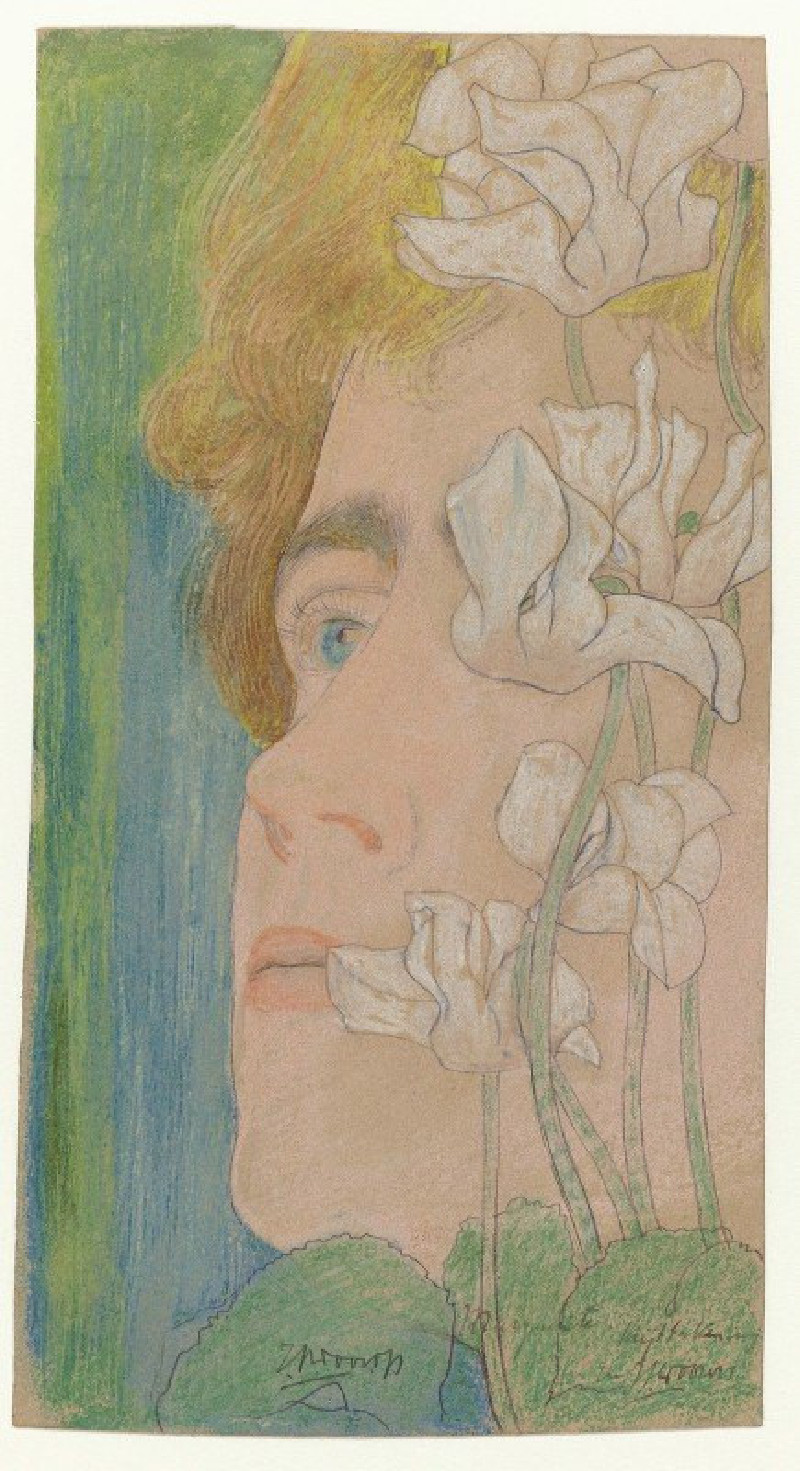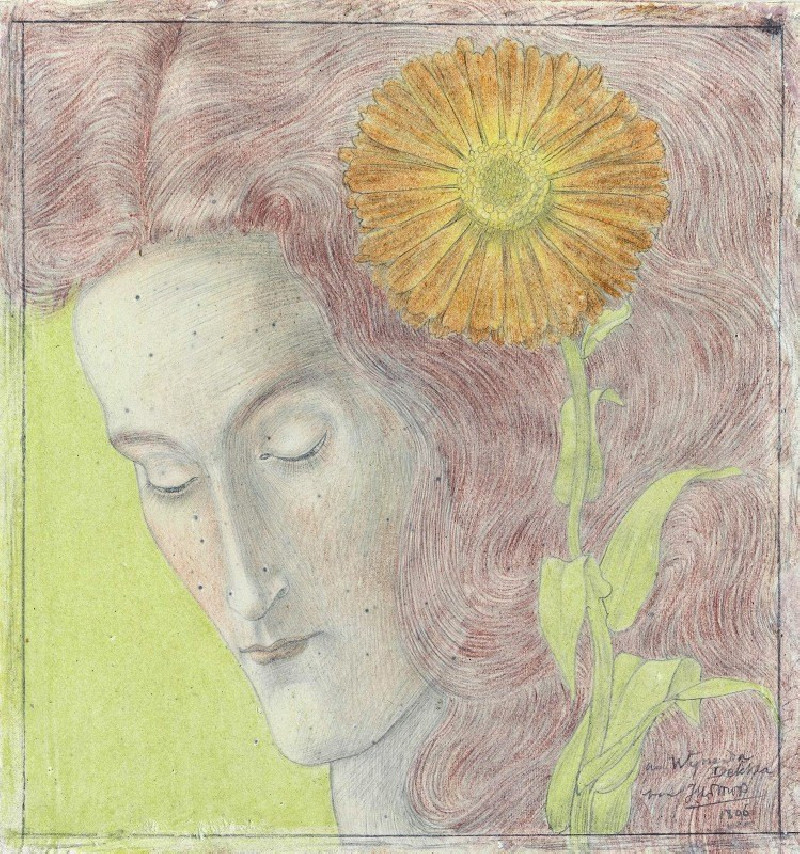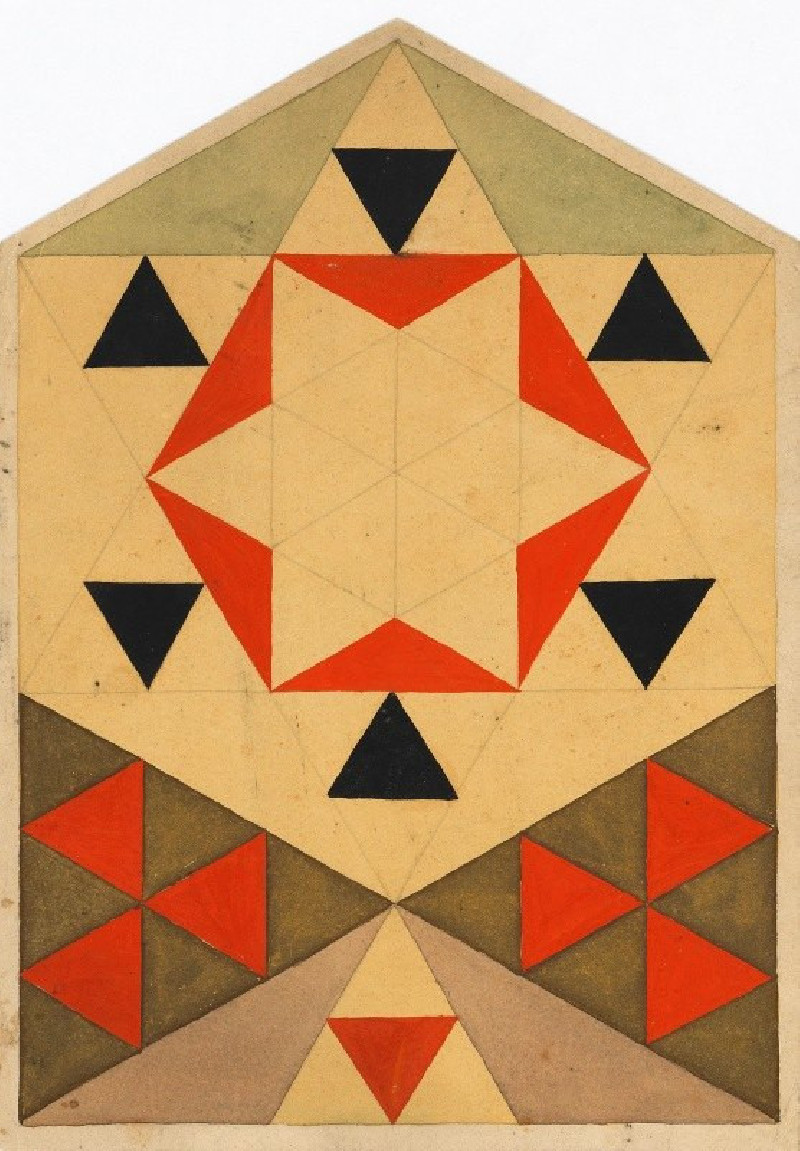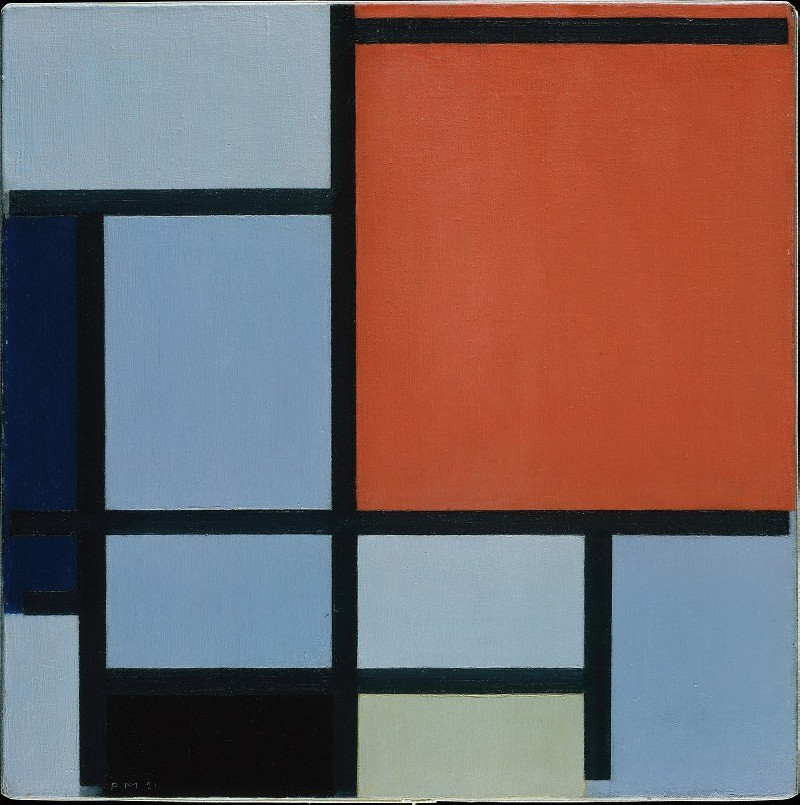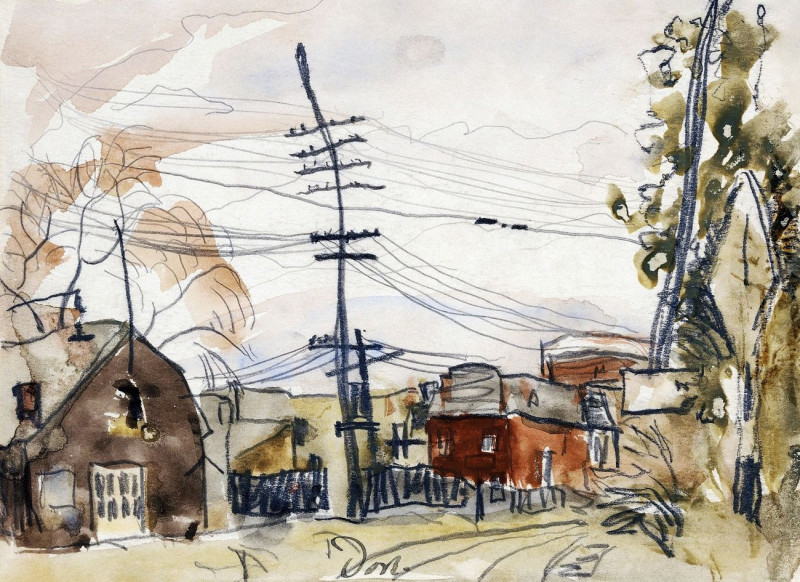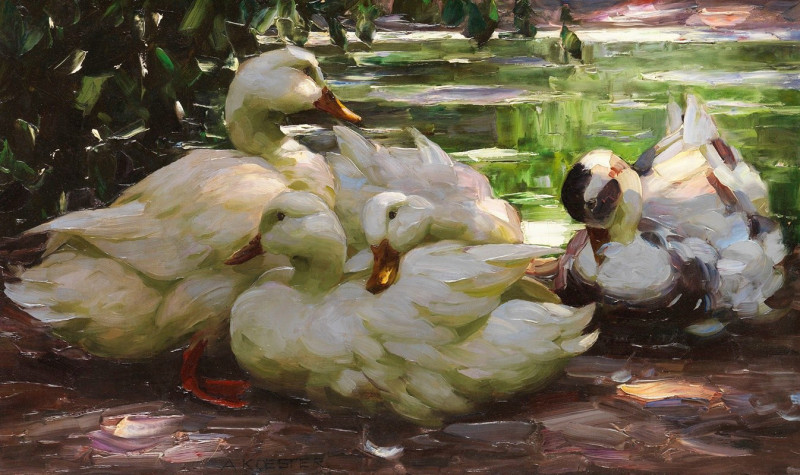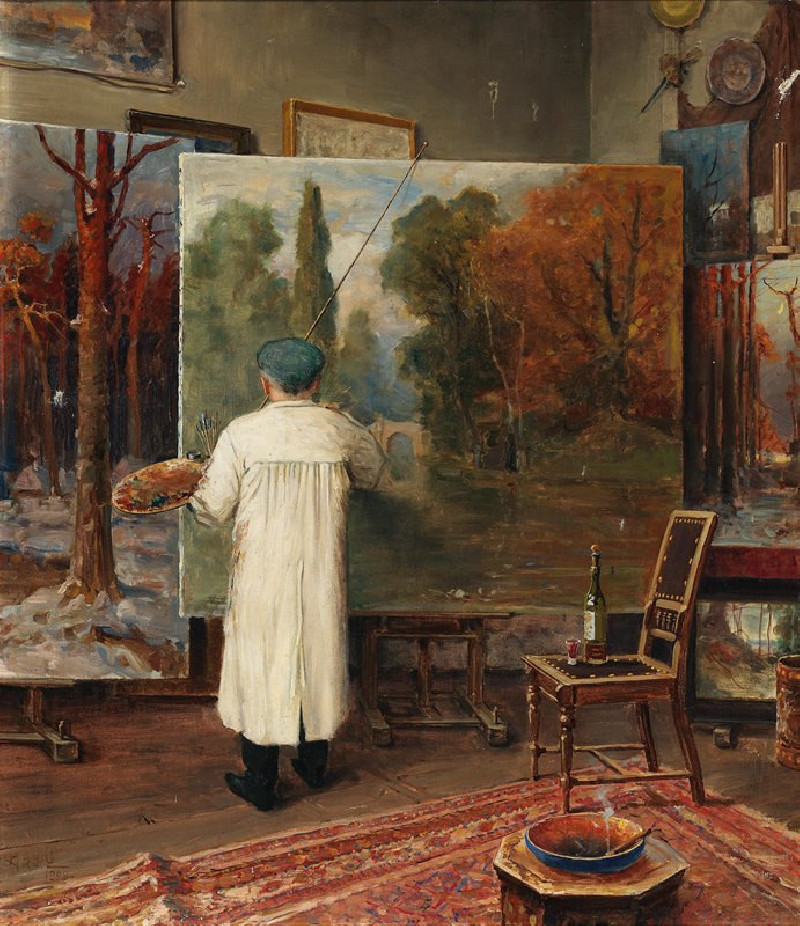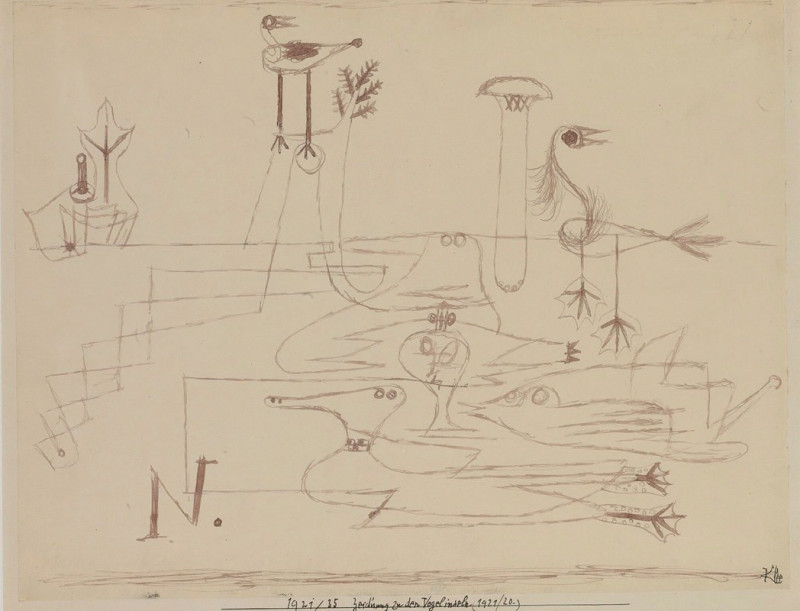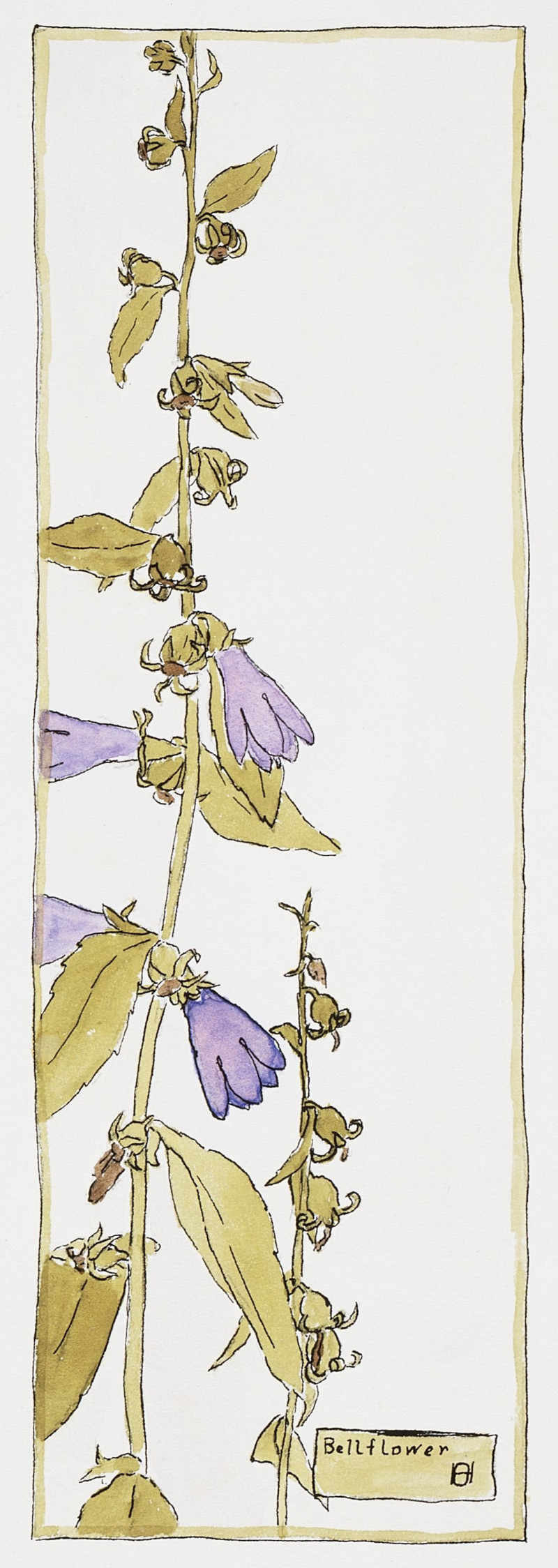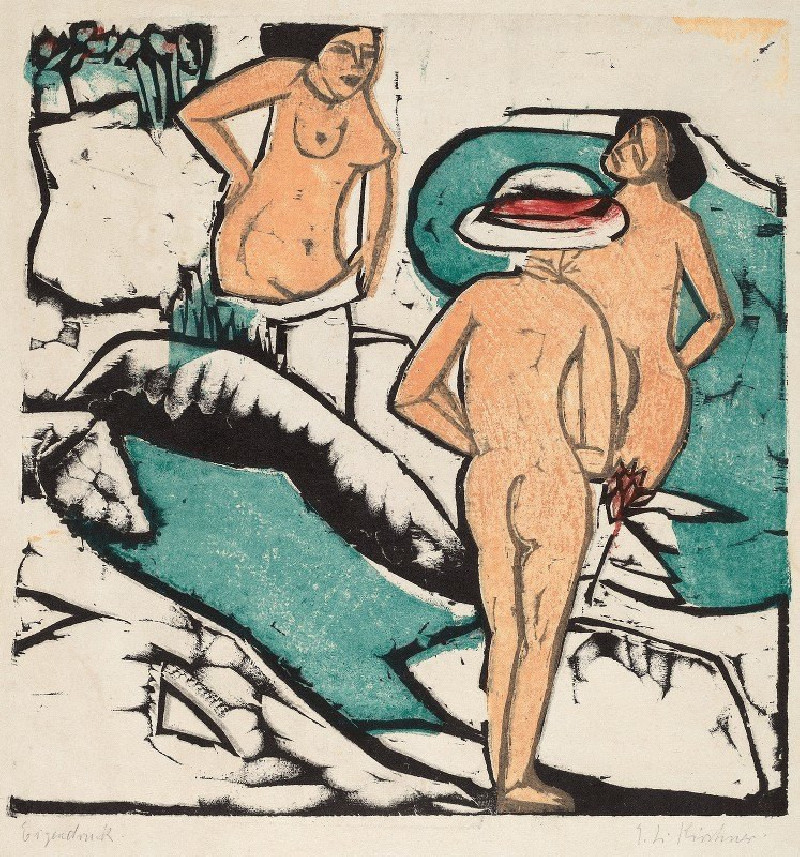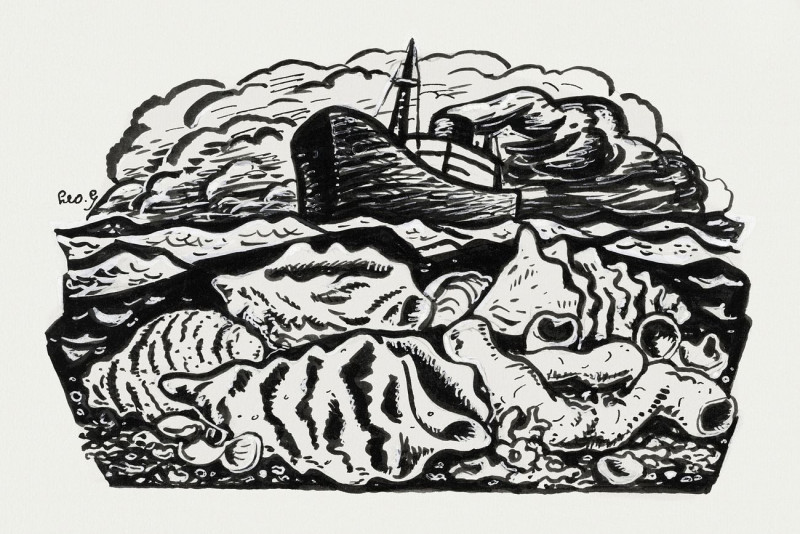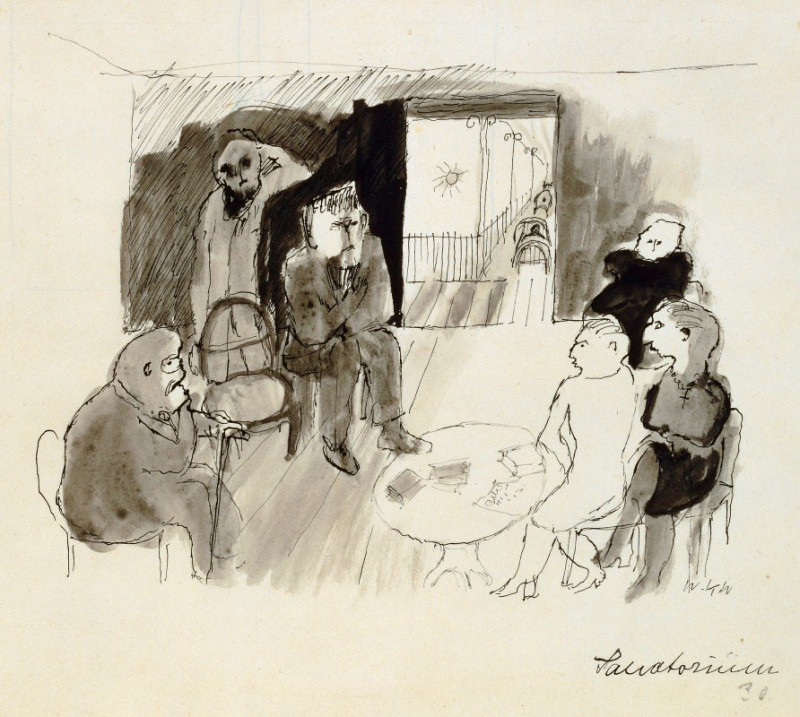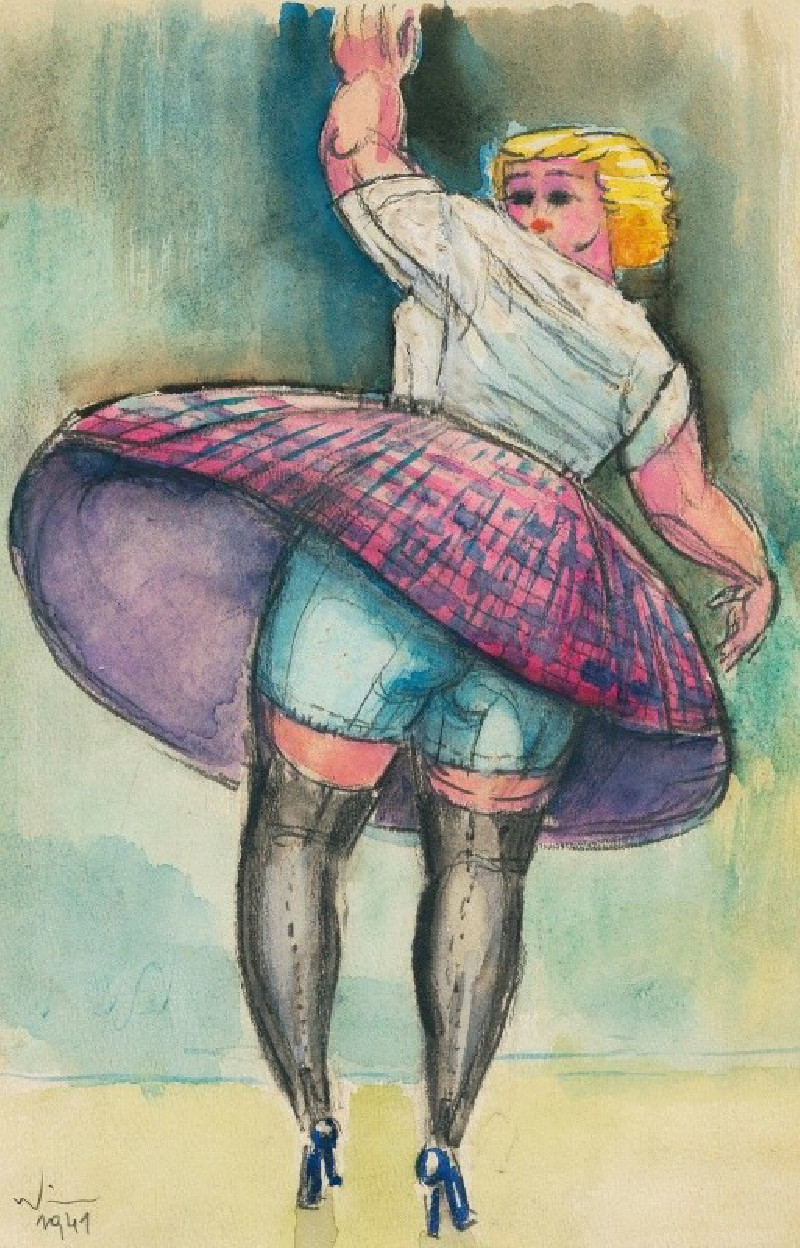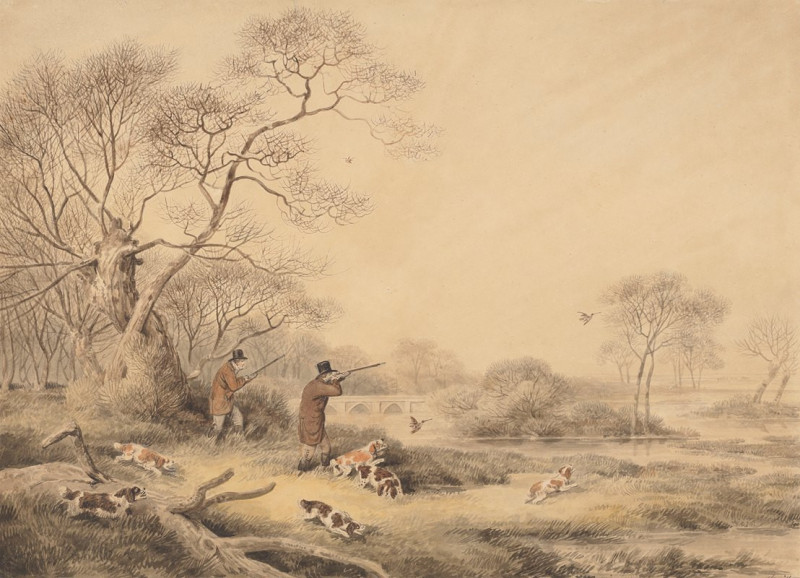Delft Salad Oil (1894)
Technique: Giclée quality print
Recommended by our customers
More about this artwork
Jan Toorop’s captivating masterpiece, "Delftsche Slaolie," created in 1894, serves as a stunning exemplar of Art Nouveau design. This artwork was not just a painting but an advertisement commissioned by the Dutch Salad Oil Company, showcasing Toorop’s unique style that blends lyrical symbolism with commercial art.In "Delftsche Slaolie," Toorop depicts two women draped in elaborate, flowing garments adorned with ornamental motifs that echo the fluid lines and organic forms typical of Art Nouveau. The composition centers around the artful presentation of salad oil as a product emblematic of health and natural quality. The figure on the right, standing and almost ethereal in her presence, contrasts with the seated woman on the left, who is actively engaged in preparing a salad, highlighting the oil’s everyday culinary use.Toorop’s use of intertwining lines and swirling patterns not only enhances the aesthetic appeal but also serves to draw the viewer’s eye across various elements of the design, including the lettuce’s textured details and the distinct, bold lettering atop the poster that proudly announces the product’s name. These decorative elements are seamlessly integrated with functional components, making "Delftsche Slaolie" a piece that transcends the conventional boundaries between art and advertisement.
Delivery
Returns
Jan Toorop (1858–1928) was a 19-century Dutch-Javanese painter who extensively experimented with different artistic styles ranging from Realism, Impressionism, Symbolism and Art Nouveau to Pointillism. He was famous for using highly stylized slim figures and dynamic lines that were influenced by Indonesian motifs and curvilinear lines. His most famous poster artwork “Delft Salad Oil”, commissioned by The Dutch Oil Company, became so iconic that the Dutch Art Nouveau painting style is given the nickname "the salad oil style". Despite the fact that Toorop's expertise was in producing designs for marketing and advertisements, he also produced a number of fine art pieces that dealt with darker subjects including the human physche and emotions.


